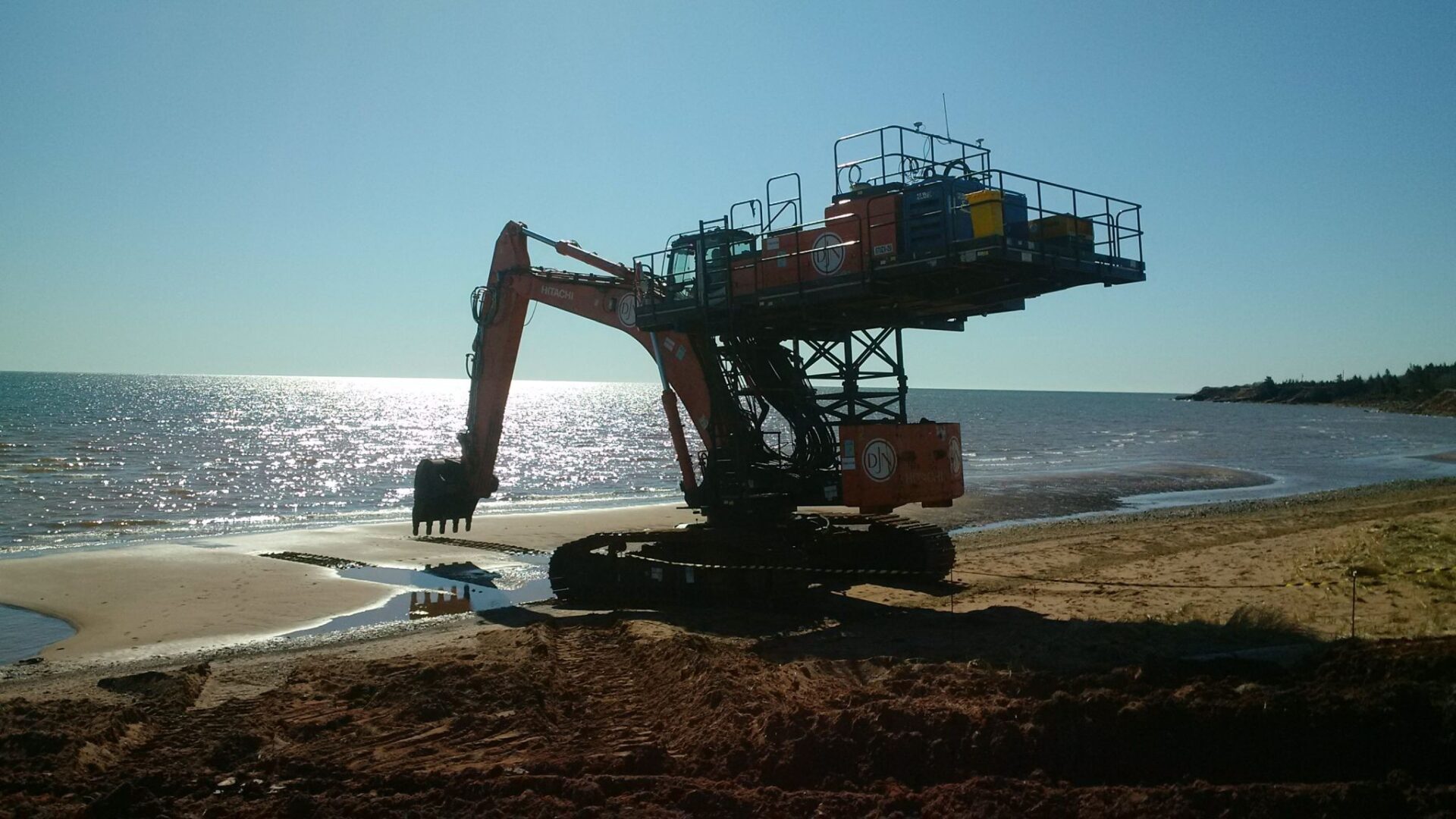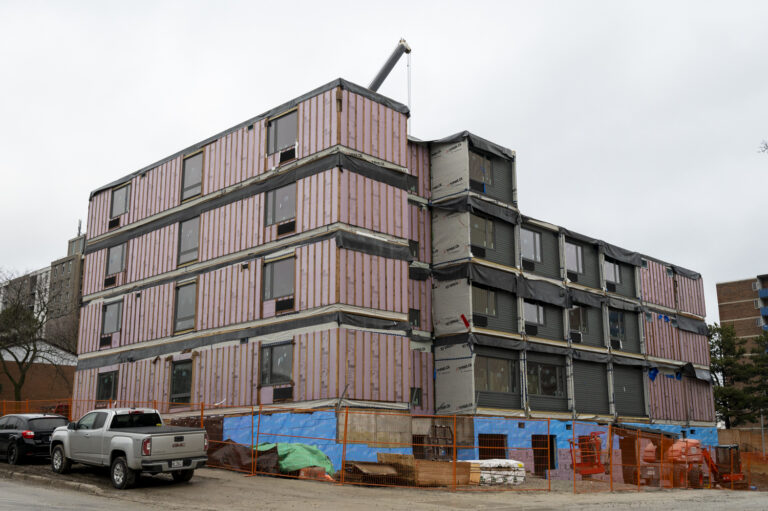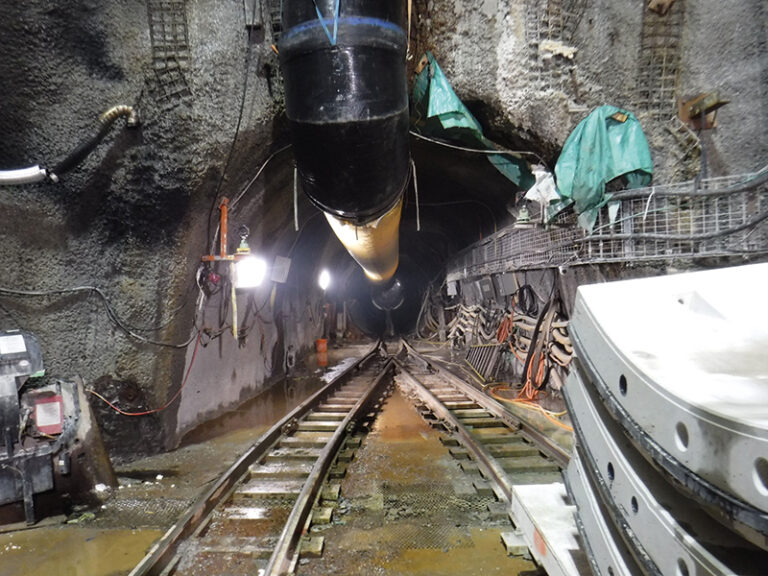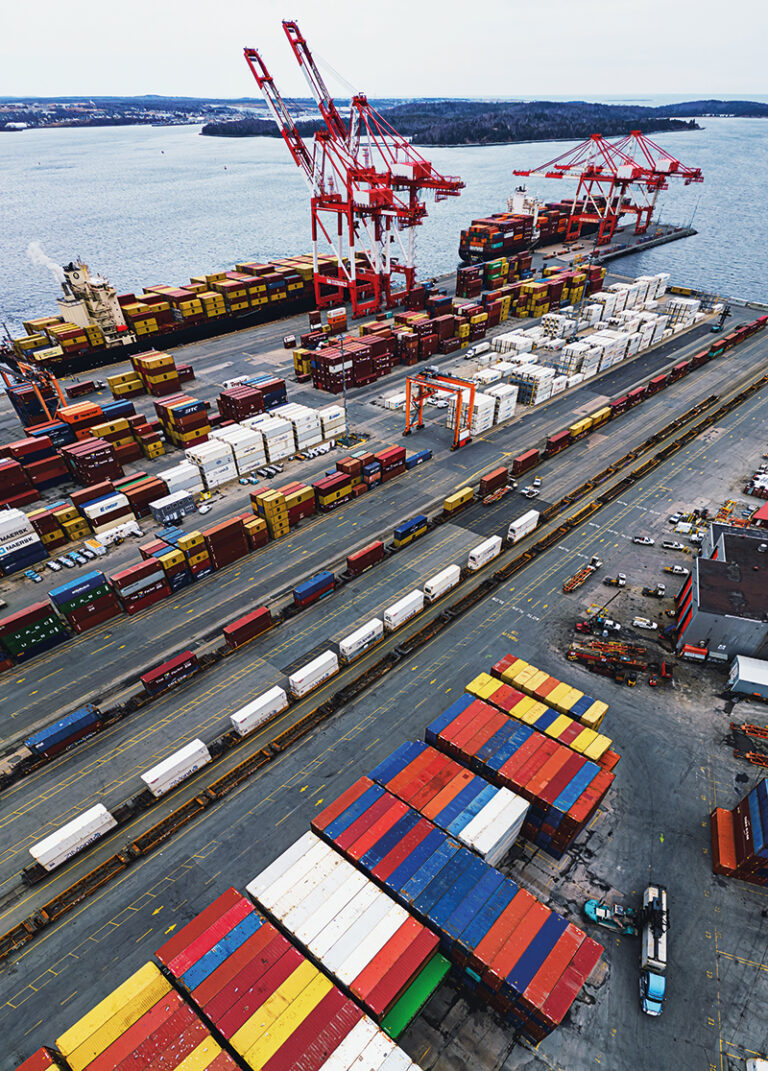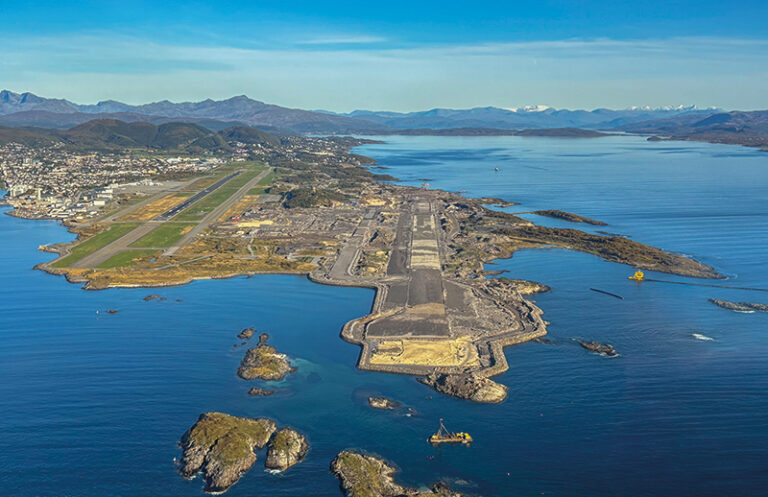On a quiet summer morning, a team of engineers gathered at the Borden-Carleton switching station. After more than a year of planning, excavation, and precision work at sea, they activated a powerful link – two underwater cables stretching across the Northumberland Strait, carrying electricity from New Brunswick to Prince Edward Island. It was a quiet moment on land, but beneath the surface, the future was already in motion.
Prince Edward Island has always depended on energy imported from outside its borders. In the late 1970s, two submarine cables were installed to carry electricity from the mainland. For nearly 40 years, they powered homes, schools, businesses, and hospitals. By 2015, demand had soared beyond what those cables were designed to handle. Peak usage had climbed to 262 megawatts – almost three times the original load. The cables had served well, but the time had come to build something stronger.
This is where the story began again.

Engineering a better future
To meet rising electricity needs and improve reliability across Prince Edward Island, crews installed a 17 kilometre submarine cable between Cape Tormentine in New Brunswick and Borden-Carleton on the Island. The project required specialized marine equipment and careful coordination, both offshore and on land. Alongside the cable installation, teams upgraded substations and added overhead transmission lines to reinforce the broader power network across the region.
Turning on the power beneath the waves
The system came online on August 27, 2017. By the following fall, all remaining work had wrapped up. With the cables in place, Prince Edward Island’s electricity capacity rose to 560 megawatts. The province could now deliver power more reliably and begin preparing for future demand with greater confidence.
Built to allow electricity to flow in both directions, the system opened the door to energy sharing across Atlantic Canada. This flexibility strengthens regional supply and supports broader efforts to integrate cleaner energy sources.
For Islanders, the benefits are felt every day. Families can count on a steady supply of power at home. Businesses operate with fewer interruptions. Hospitals and schools rely on stronger infrastructure to meet essential needs. These improvements help communities grow, adapt, and move forward with the energy systems they need to thrive. What began as a technical upgrade continues to deliver quiet consistency in people’s daily lives.
Shared investment, shared impact
The $135.6 million project was completed on budget through a partnership between the federal government and the Province of Prince Edward Island. Both levels of government worked together to deliver an energy solution that supports communities today and prepares them for the years ahead.
From early planning through to installation, teams engaged with local residents, environmental experts, and regulators. Community input helped guide key decisions, and marine ecosystems remained a priority throughout the process.
Now fully in service, the cables carry energy across the Northumberland Strait with steady reliability. The connection supports everyday life across the Island and provides the kind of foundation communities can count on as they grow, adapt, and plan for the future.
The cables run through Abegweit Passage, a place named by the Mi’kmaq as “cradled on the waves,” now carrying power to thousands across the strait each day.
Including marine and onshore zones, the project’s footprint covered nearly 570 hectares, making it one of the largest infrastructure efforts in the province’s recent history.
To protect the local economy, construction was scheduled outside of peak lobster fishing season, minimizing disruptions to one of the region’s most valuable industries.
The Northumberland Strait remains an active shipping route, with ports in communities like Pictou and Souris supporting industries such as agriculture, salt, and forestry.
Featured image: (Government of Canada)

